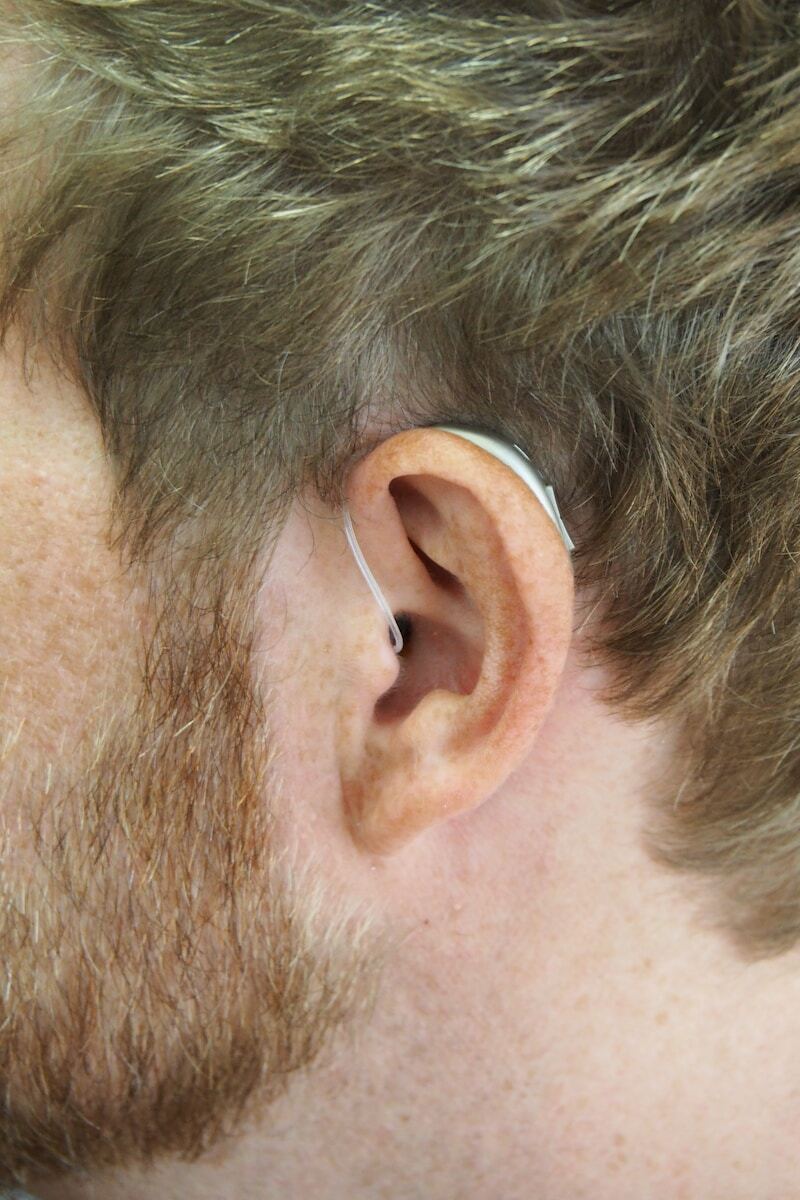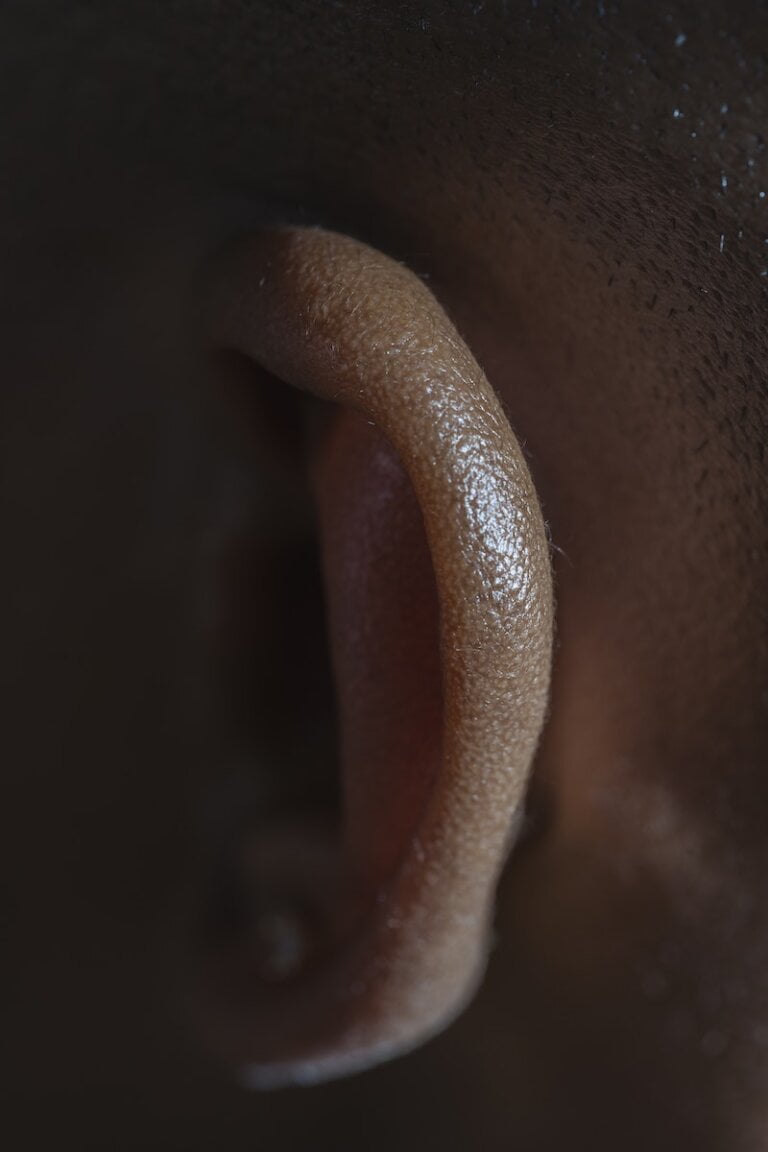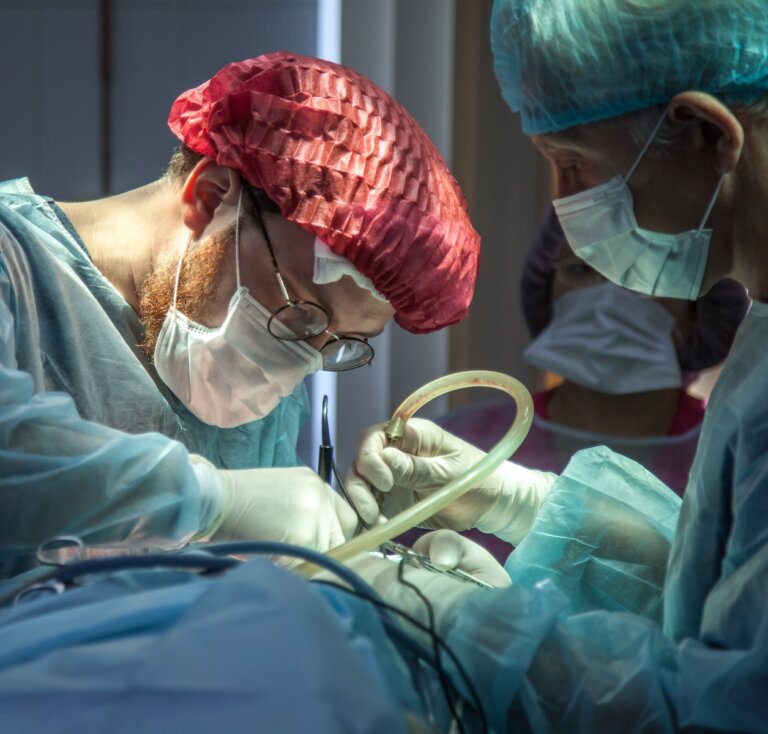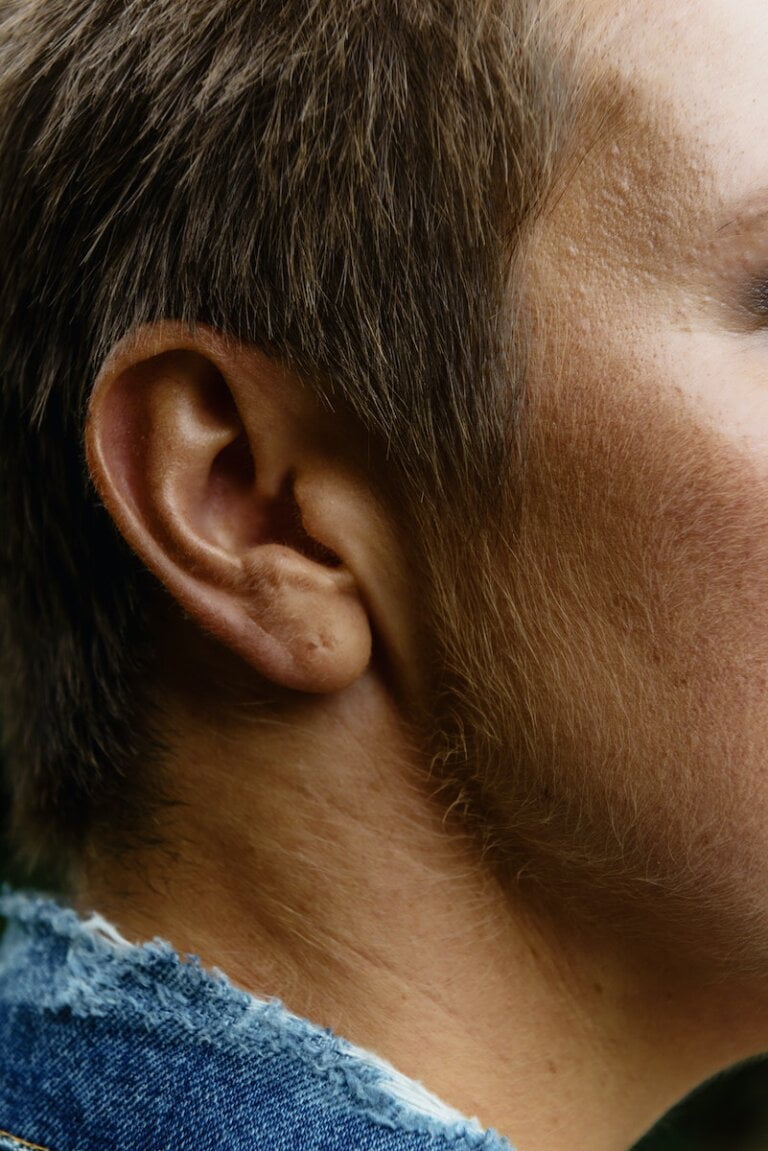Moving Forward: The Latest in Microsuction Research
Last Updated on 3rd May 2024 by Admin
In recent years, microsuction has emerged as an innovative and highly effective procedure for removing earwax and resolving various ear-related problems. As advancements in medical technology continue to evolve, ongoing research in microsuction has paved the way for improved techniques and better patient outcomes. This article aims to explore the latest developments in microsuction research, highlighting its benefits and advancements.
Understanding Microsuction
Before delving into the latest research, it is essential to have a clear understanding of what microsuction entails. Microsuction is a non-invasive procedure that involves using a specialized suction device to remove excess earwax, debris, or foreign objects from the ear canal. Unlike traditional ear syringing, microsuction offers a safer and more precise method of clearing the ears without the risk of water entering the middle ear.
Microsuction procedure begins with the insertion of a small, thin suction tube into the ear canal. The tube is connected to a low-pressure suction device, which gently removes the earwax or debris. A microscope is used to provide magnification and enhance visibility, allowing the healthcare professional to accurately navigate the ear canal and ensure thorough removal. This precision ensures that the procedure is gentle and minimally invasive.
Benefits of Microsuction
- Safety: Microsuction is considered a safe procedure, especially when performed by trained professionals. It eliminates the risk of complications associated with syringing, such as perforation of the eardrum or dizziness caused by water entering the middle ear. The use of a suction device ensures that no pressure is exerted inside the ear canal, reducing the risk of injury.
- Precision: The use of a microscope and specialized instruments allows for a more accurate and controlled removal of earwax. The healthcare professional performing the procedure can visualize the ear canal in detail, ensuring that the suction tube reaches the appropriate areas. This precision ensures that only the excess earwax or debris is removed, without affecting the delicate structures of the ear.
- Immediate Results: Unlike other methods of earwax removal, microsuction provides immediate relief. Patients often experience improved hearing and a reduction in symptoms such as earache, tinnitus, or dizziness shortly after the procedure. The precise removal of earwax allows for better sound transmission, leading to an immediate improvement in auditory function.
Moreover, microsuction does not require any pre-treatment, such as the use of ear drops to soften the earwax. This means that patients can receive immediate treatment without any delays or additional steps.
Latest Research in Microsuction
- Enhanced Visualization: Researchers have been exploring ways to improve the visualization during microsuction procedures. This includes the development and integration of high-definition cameras and imaging systems to provide clearer images of the ear canal. Improved visualization allows for better identification of earwax blockages or abnormalities, leading to more effective treatment.
The use of high-definition cameras and imaging systems enables healthcare professionals to capture detailed images of the ear canal during the procedure. These images can be magnified and displayed on a screen, allowing for a better understanding of the condition of the ear canal. This improved visualization aids in identifying any underlying issues, such as impacted earwax or foreign objects, which can then be addressed with greater precision.
- Automated Microsuction Devices: The automation of microsuction devices is an area of active research. These devices aim to streamline the process by using robotic technology to precisely and safely remove earwax. By reducing the need for manual manipulation, automated microsuction devices could potentially improve the consistency and efficiency of the procedure.
Automated microsuction devices are being designed to enhance the precision and effectiveness of the procedure. These devices can be programmed to navigate the ear canal and target specific areas with ease. The use of robotic technology ensures that the suction tube follows a predetermined path, minimizing the risk of accidental contact with the delicate structures of the ear. This automation may lead to a more standardized and efficient approach to microsuction, enhancing patient outcomes.
- Microsuction for Pediatric Cases: Recent studies have focused on evaluating the safety and efficacy of microsuction in pediatric patients. The results have shown promising outcomes, demonstrating that microsuction is a viable option for children with earwax impaction. The non-invasive nature of microsuction makes it a preferable choice for pediatric cases, minimizing discomfort and anxiety.
Microsuction has been found to be well-tolerated by children, with minimal discomfort reported during the procedure. The use of a small and gentle suction tube reduces the risk of any injury or trauma to the delicate ear structures. Moreover, the ability to visualize the ear canal with a microscope allows healthcare professionals to ensure precise removal of earwax in pediatric patients. This research highlights the potential benefits of microsuction as a safe and effective method for managing earwax impaction in children.
- Microsuction as Diagnostic Tool: Researchers are investigating the potential of microsuction as a diagnostic tool for various ear conditions. By analyzing the extracted earwax, scientists can gain valuable insights into the composition and characteristics of the ear canal, contributing to the diagnosis and treatment of certain ear diseases.
The analysis of earwax can provide valuable information about the presence of certain substances or indicators of underlying ear conditions. Researchers are exploring the possibilities of using microsuction to collect samples for further analysis, such as genetic testing or identification of specific biomarkers. This approach may enable early detection and targeted treatment of various ear diseases, leading to better patient outcomes.
Conclusion
As the field of microsuction continues to advance, ongoing research is shedding light on its efficacy, safety, and potential applications. The latest developments in microsuction research have led to improved visualization, automated devices, expanded pediatric usage, and diagnostic applications. These advancements ensure that microsuction remains at the forefront of earwax removal techniques, offering patients a safe and effective solution to their ear-related concerns.
FAQ
Q1: What is microsuction?
A1: Microsuction is a non-invasive procedure that uses a specialized suction device to remove excess earwax, debris, or foreign objects from the ear canal, providing a safer and more precise method compared to traditional ear syringing.
Q2: What are the benefits of microsuction?
A2: The benefits of microsuction include safety, precision, and immediate results. It eliminates the risk of complications associated with syringing, allows for accurate and controlled removal of earwax, and provides immediate relief with improved hearing and reduced symptoms.
Q3: What are the latest research developments in microsuction?
A3: The latest research in microsuction includes enhanced visualization using high-definition cameras, development of automated microsuction devices for improved consistency and efficiency, evaluation of microsuction in pediatric cases with promising outcomes, and exploration of microsuction as a diagnostic tool for ear conditions.
Q4: How is microsuction beneficial for pediatric cases?
A4: Microsuction is beneficial for pediatric cases as it is well-tolerated, minimizes discomfort and anxiety, and allows for precise removal of earwax with minimal risk of injury or trauma to delicate ear structures. It is considered a safe and effective method for managing earwax impaction in children.







